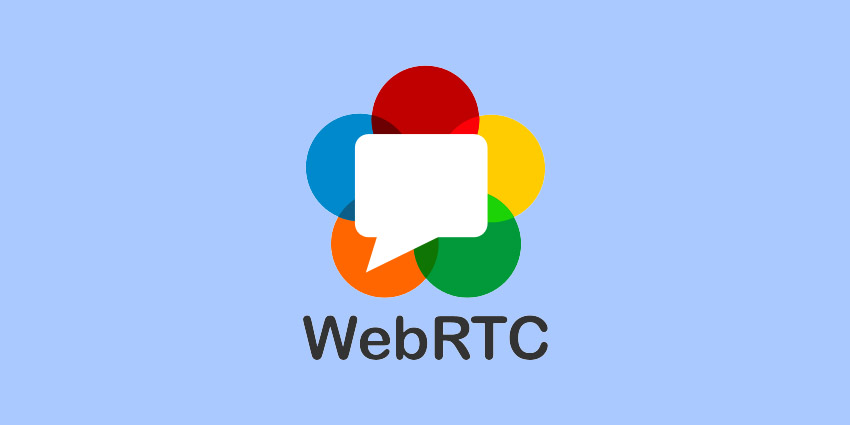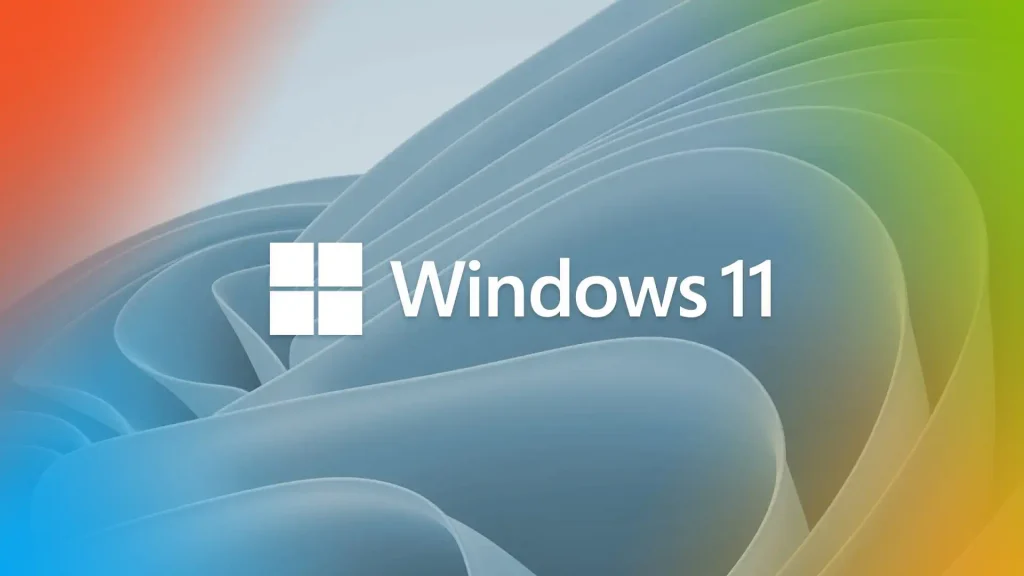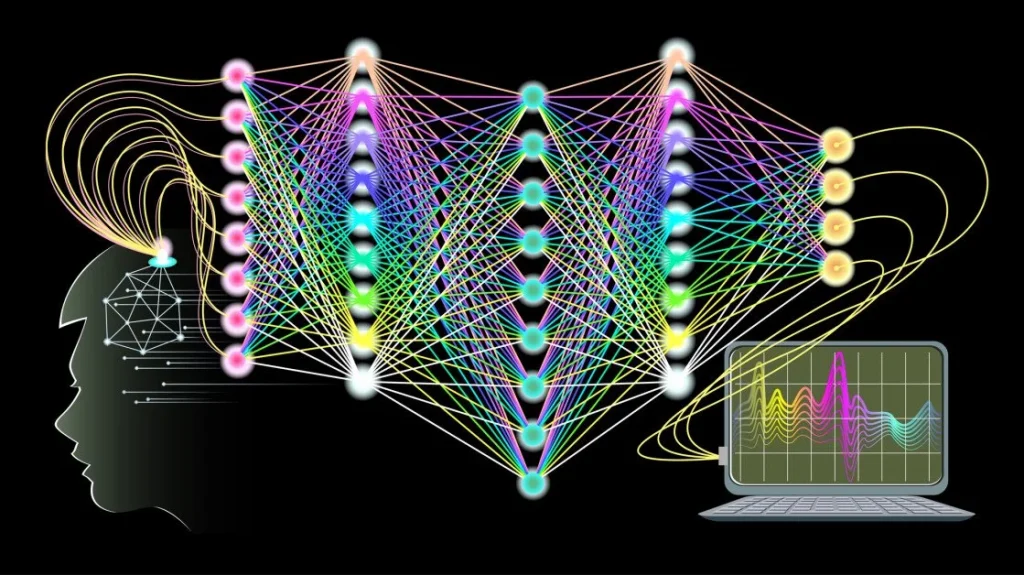WebRTC, or Web Real-Time Communication, is an open-source project and technology that empowers web browsers and mobile applications with real-time communication capabilities via simple APIs. It supports video, audio, and generic data to be sent between peers, allowing developers to build powerful voice and video communication solutions. This technology is transformative for real-time communication across the web.
How WebRTC Works
WebRTC enables real-time communication without the need for installing plugins or third-party software. It uses a set of standard APIs that are built into web browsers. These APIs include the RTCPeerConnection to set up the connection between devices, RTCDataChannel for sending non-audio and non-video data, and MediaStream for handling streams of audio and video.
In a typical WebRTC setup, the connection is established as follows: firstly, the WebRTC APIs capture multimedia through devices’ cameras and microphones. Subsequently, the captured streams are transmitted using a protocol known as RTP (Real-time Transport Protocol). The connections between peers are usually facilitated by a process called signaling, which negotiates parameters like session descriptors and handles the exchange of network and media metadata.
Key Components of WebRTC
WebRTC is built around three main JavaScript APIs:
- MediaStream (getUserMedia): This API obtains audio and video streams from cameras or microphones. This function is crucial for capturing real-time media from client devices.
- RTCPeerConnection: Essential for setting up the audio or video call connection directly between browsers. It efficiently manages the transmission of streaming data using ICE (Interactive Connectivity Establishment) to handle NAT traversal problems.
- RTCDataChannel: This API enables the bi-directional transfer of data between peers. It can be used for any type of data, including text, files, or encrypted media, making it very versatile.
Benefits and Challenges
WebRTC brings many advantages:
- High-quality Real-time Communication: It supports direct peer-to-peer connections, ensuring minimal delay and high-quality video and audio communication.
- No need for Plugins: As it is implemented directly in the browser, users are not required to install plugins or third-party software.
- Adaptive and Secure: It adapts to network conditions and provides built-in security features, such as encryption and authentication.
However, there are challenges:
- Browser Compatibility: Being a relatively new technology, not all browsers fully support WebRTC, and there are variations in how different browsers handle the standard.
- Complexity in Scalability: While setting up one-to-one connections is straightforward, expanding this to multi-user sessions can be challenging and typically requires additional server components.
- Privacy Concerns: By requiring access to devices’ cameras and microphones, it might raise privacy issues among users.
The Future of WebRTC
WebRTC is constantly evolving. Future developments might include better standards for interoperability among different browsers and further enhancements in multi-party communication capabilities to support conferencing features more robustly. As browser support increases and additional functionalities are built, the potential applications of WebRTC are bound to widen, potentially revolutionizing how real-time communications are handled over the Internet.







